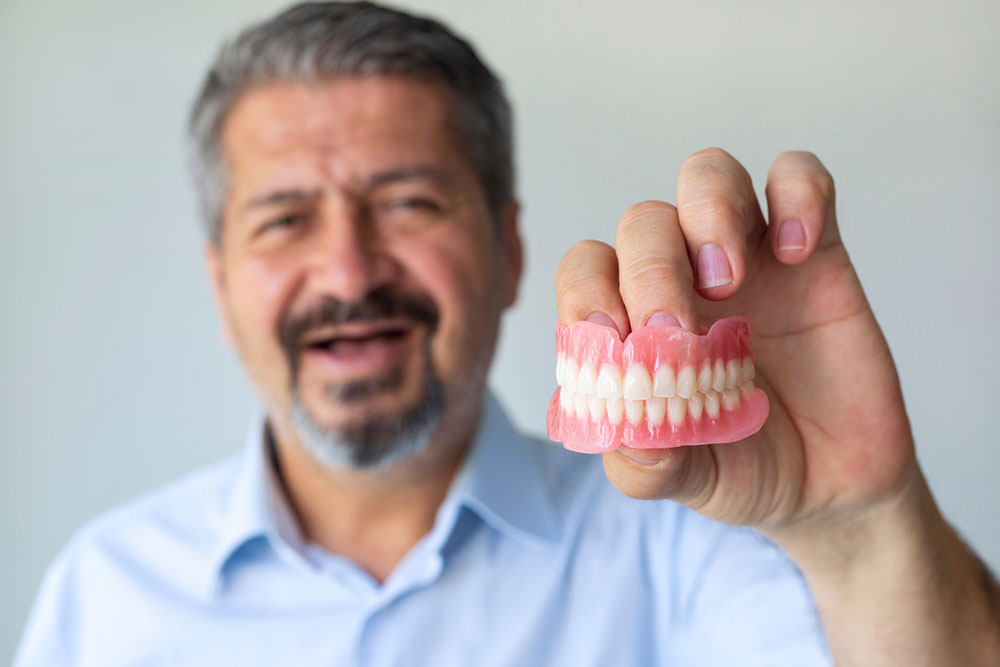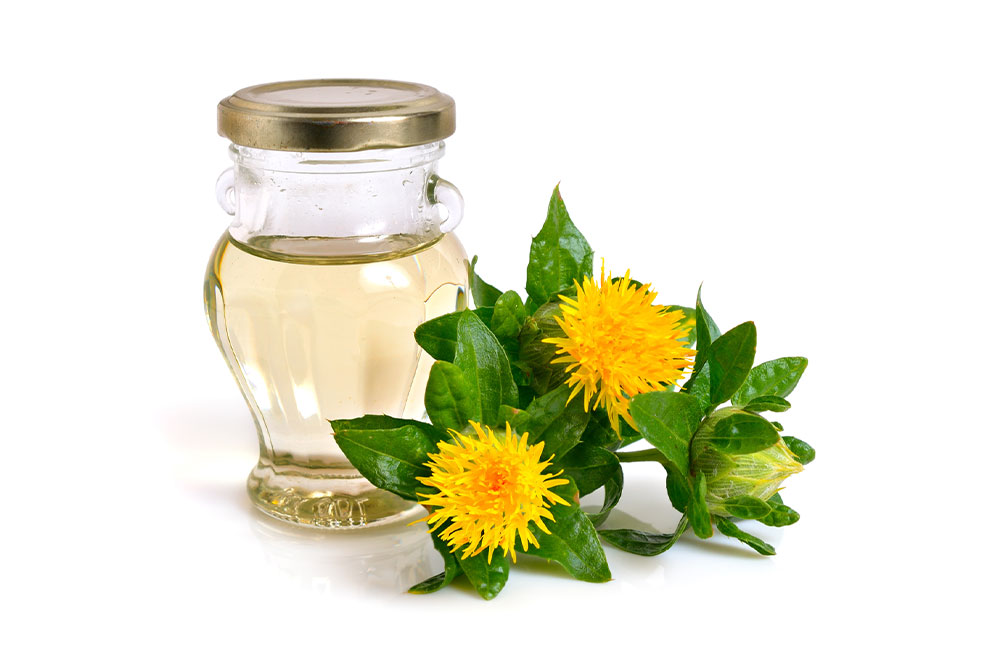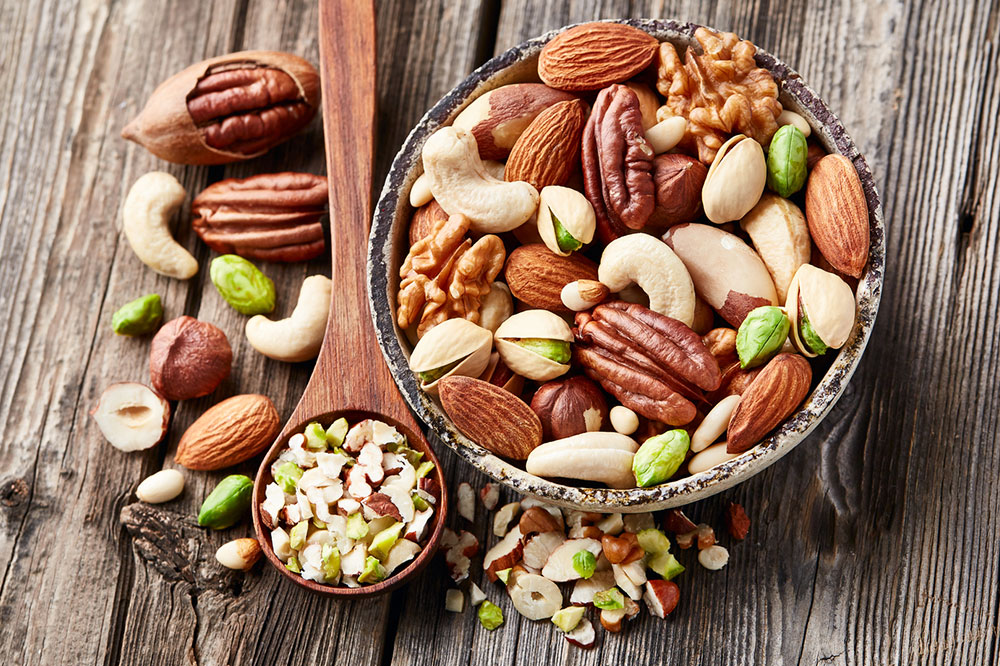8 signs of high blood pressure
High blood pressure (HBP), or hypertension, occurs when the pressure in blood vessels is excessively high. While the condition is common, the lack of treatment could worsen the complication. Most people with hypertension may not experience symptoms for years, even if the pressure is very high. That’s why one must get blood pressure checked to determine the condition. In some cases, one might notice telltale signs indicating the presence of high blood pressure. Severe headaches People with high blood pressure may experience headaches because it affects the blood-brain barrier. Excessive blood pressure may result in additional pressure on the brain, leading to blood leakage from the blood vessels in the organ. The leak causes swelling, which applies further pressure on the brain, consequently triggering severe headaches. Brain fog In addition to severe headaches, an individual at risk of high blood pressure might also experience brain fog. Excessive pressure on the brain during a phase of hypertension might result in reduced or no oxygen supply to the brain. If left unchecked, the lack of proper oxygen supply could cause brain fog symptoms, including trouble focusing, forgetfulness, difficulty learning, and problems retaining memory. Dizziness An individual might feel dizzy for several reasons, including dehydration, exhaustion, or due to various health complications.
Read More 









